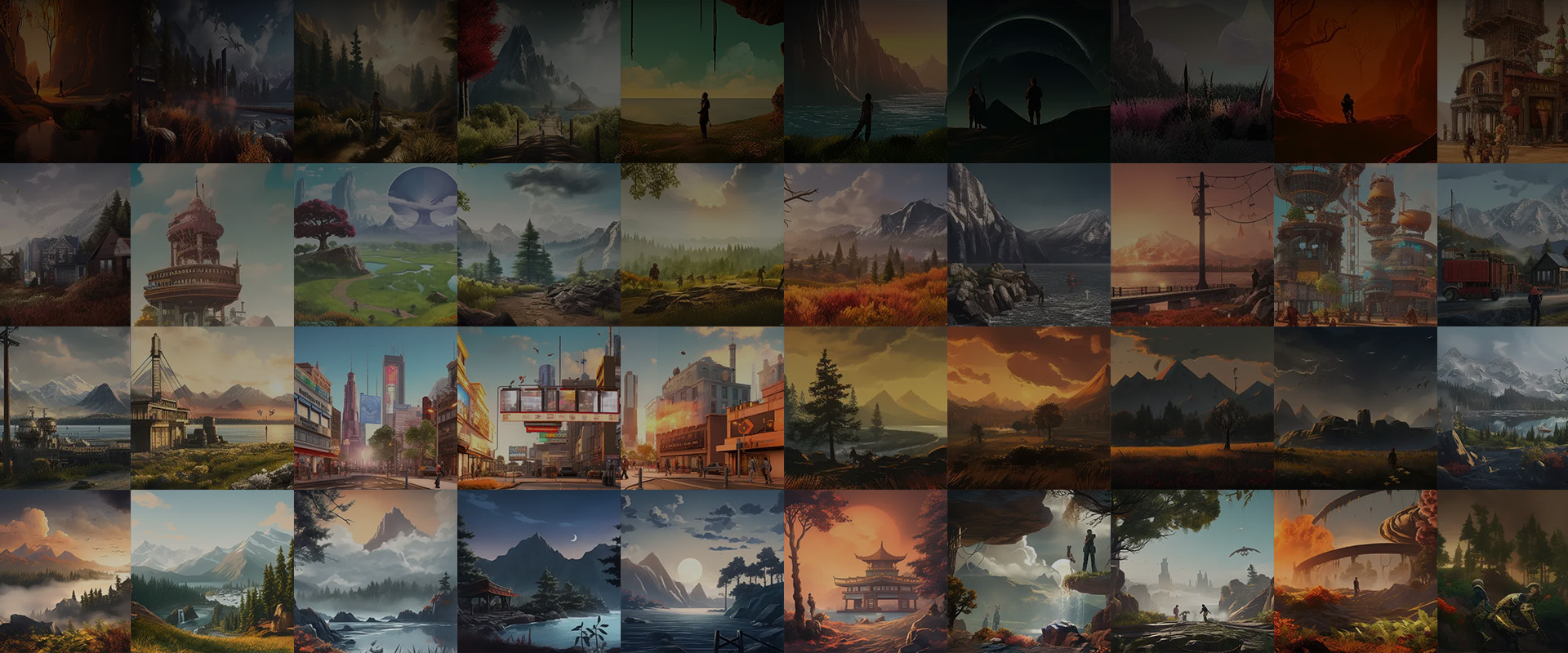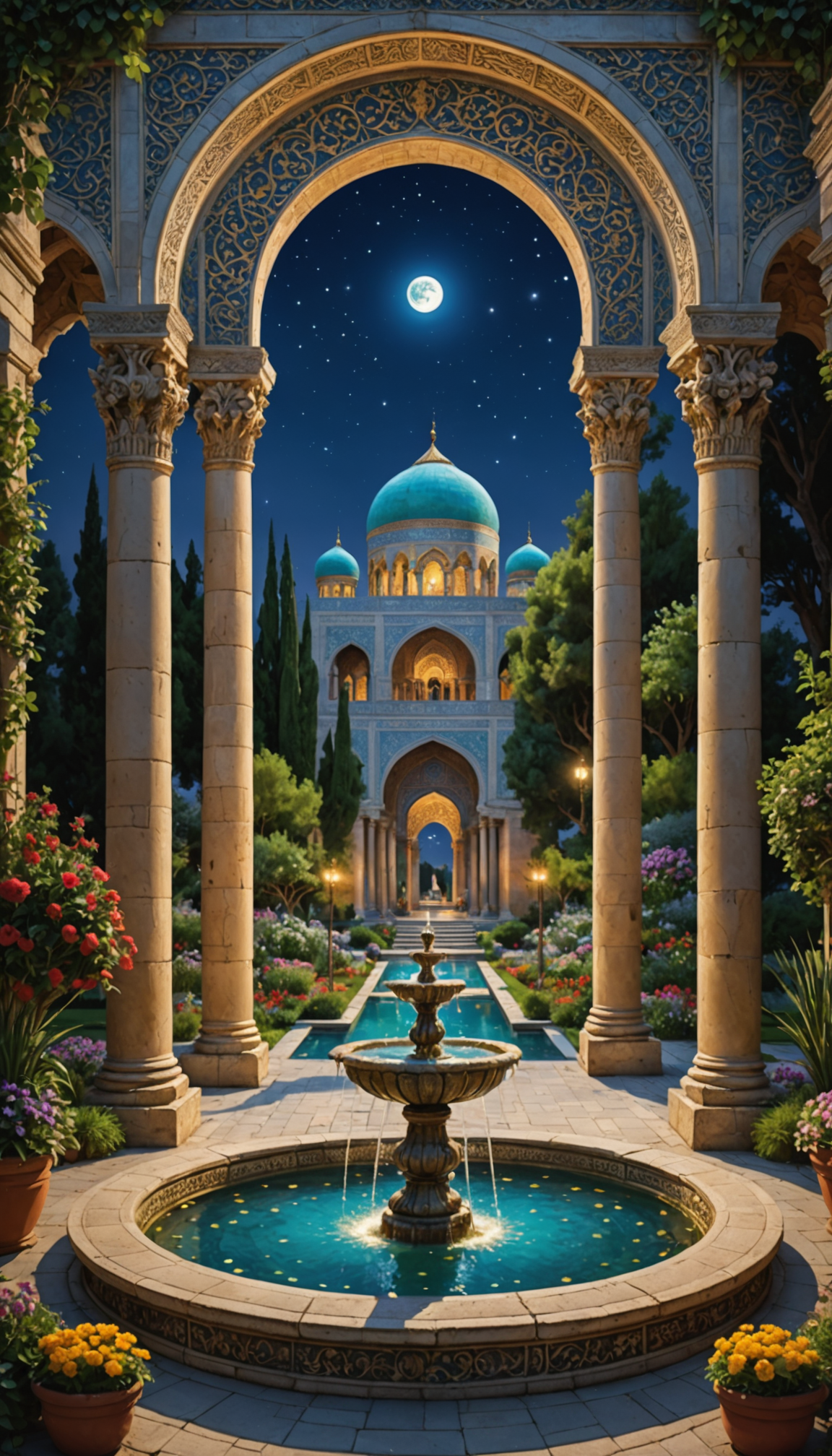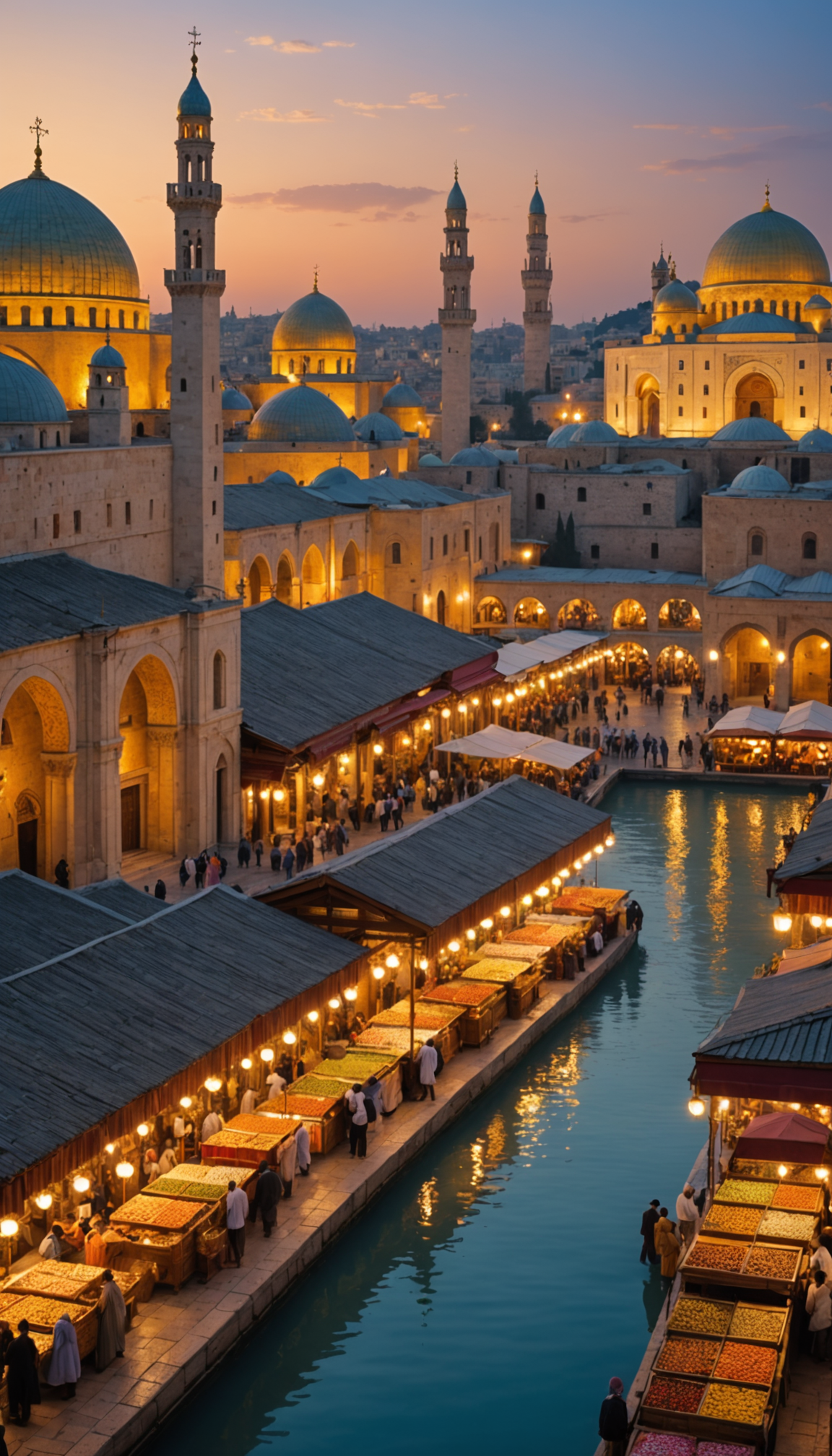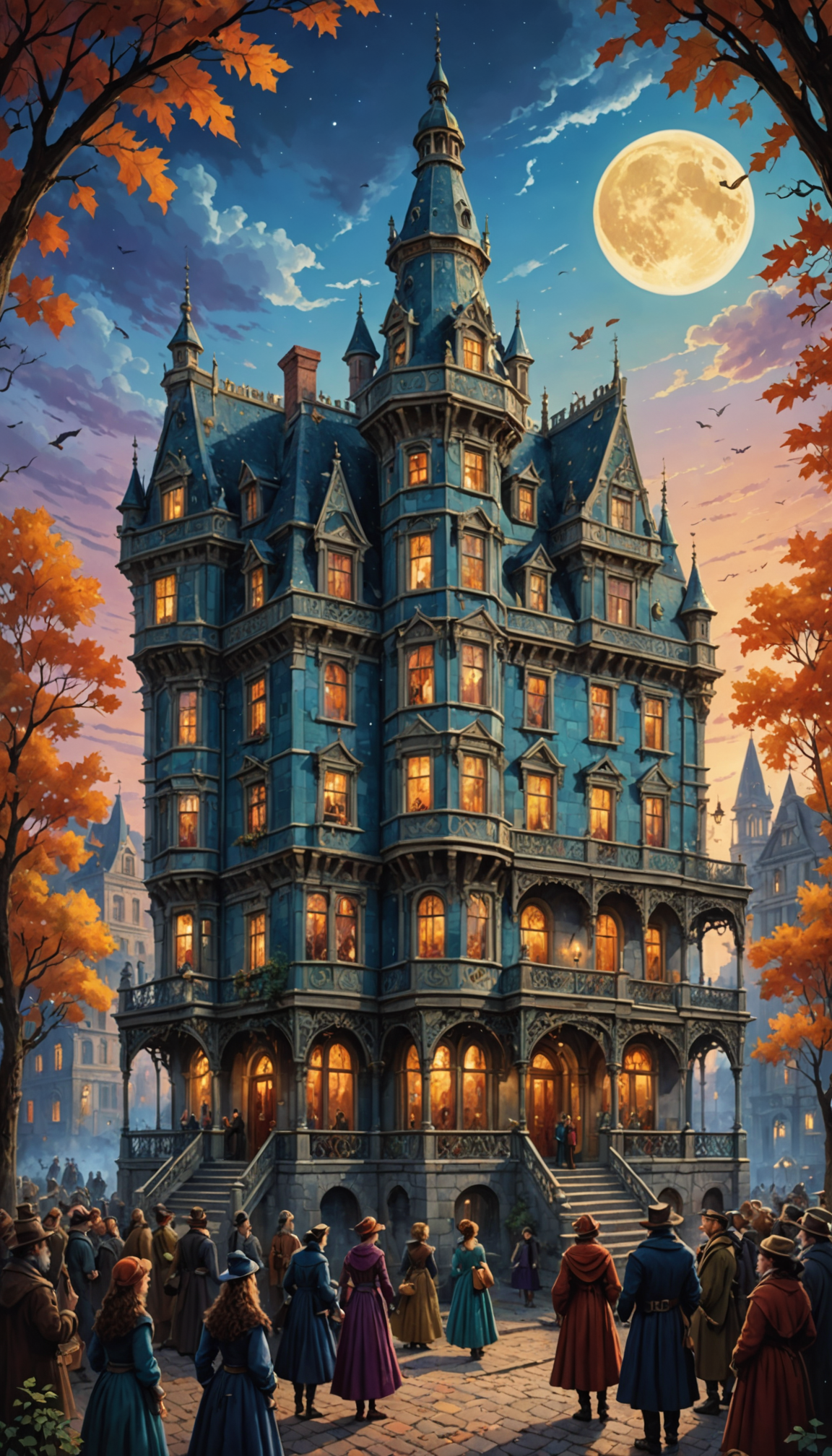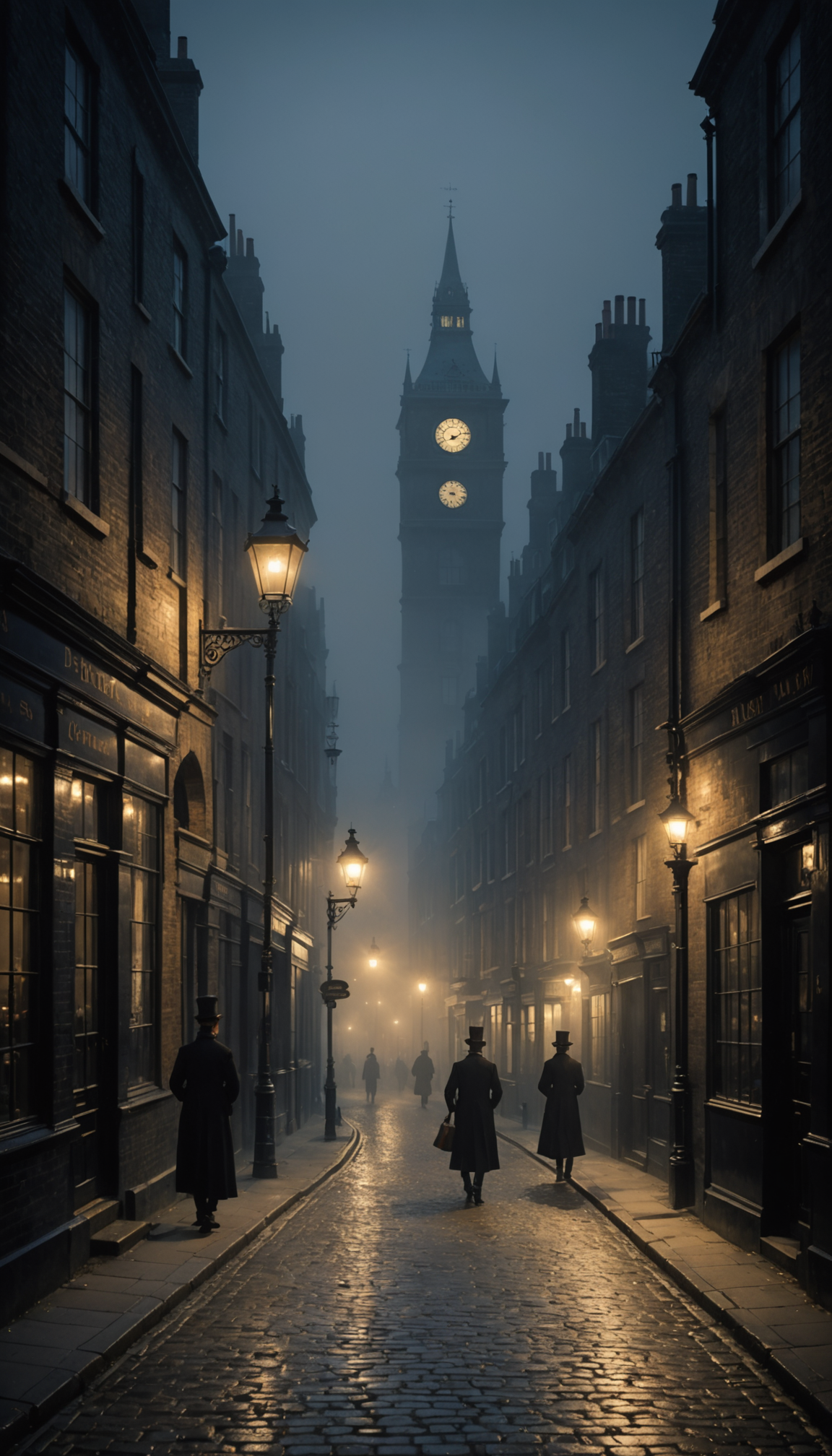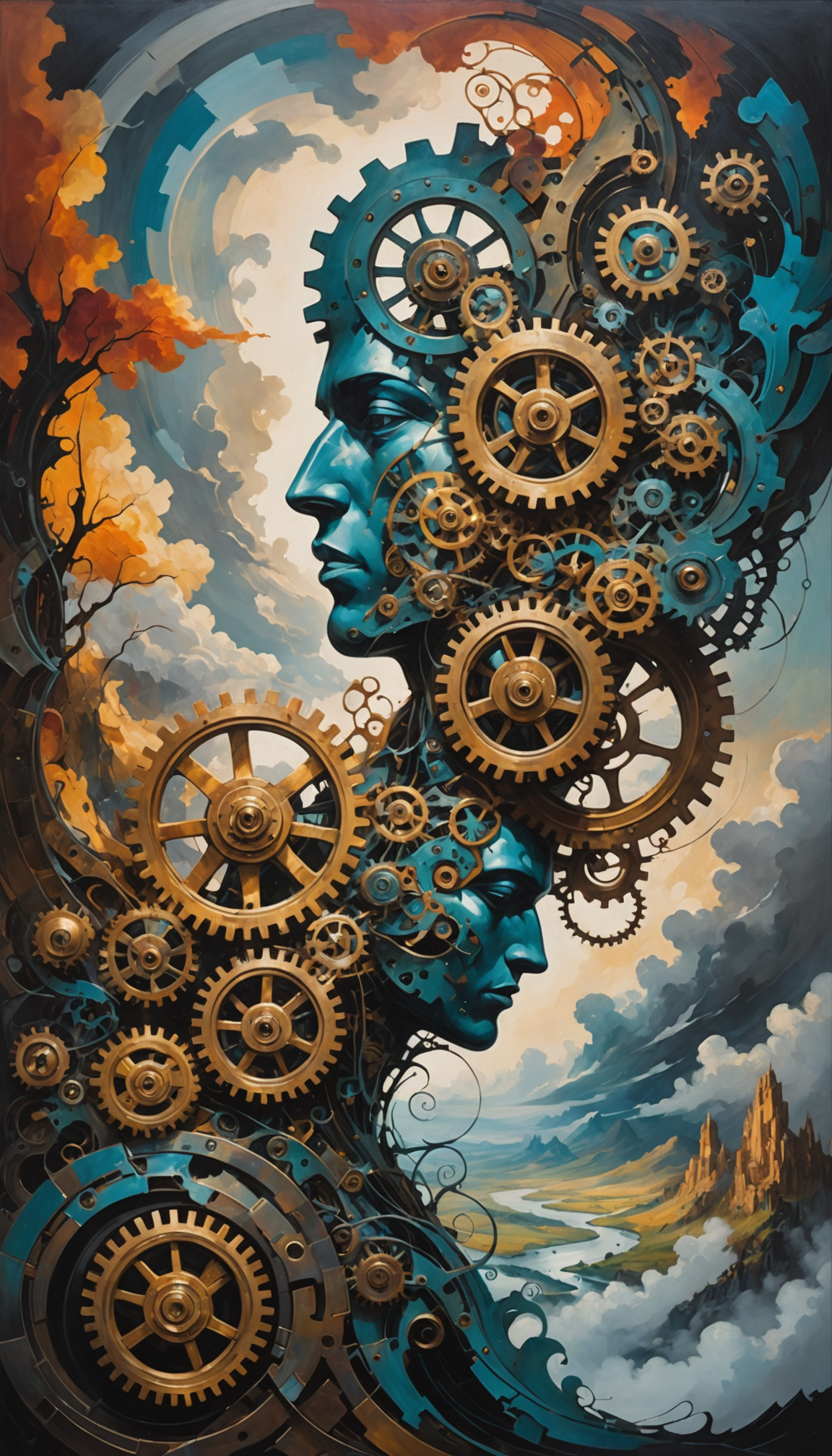Christopher Rapley
In a parallel world, the Byzantine Empire endures, its capital, Constantinople, gleaming like a jewel at the crossroads of East and West. The year is 1500, and Emperor Alexios IV, wise and charismatic, sits on the throne. This empire, rich in culture and knowledge, forms a bridge between Europe and Asia, fostering a renaissance of trade, art, and science.
Amidst vibrant markets and cathedrals reaching to the skies, Byzantine scholars debate philosophy while architects plan expansions of the city with their signature domes and arches. The empire’s strategic position not only secures wealth but also peace, as neighboring realms respect its might and diplomacy. Iconic Byzantine mosaics adorn walls, capturing centuries of history, from Justinian to those thriving now.
Yet, challenges loom. The Ottomans watch from the east, a formidable presence threatening its borders. But with shrewd alliances, the Byzantines skillfully balance power. European merchants bring innovations, weaving complex landscapes where new ideas merge within ancient walls. As candle-lit shadows dance in grand halls, Byzantium’s legacy continues to thrive, a beacon of resilience and influence on the world stage.

